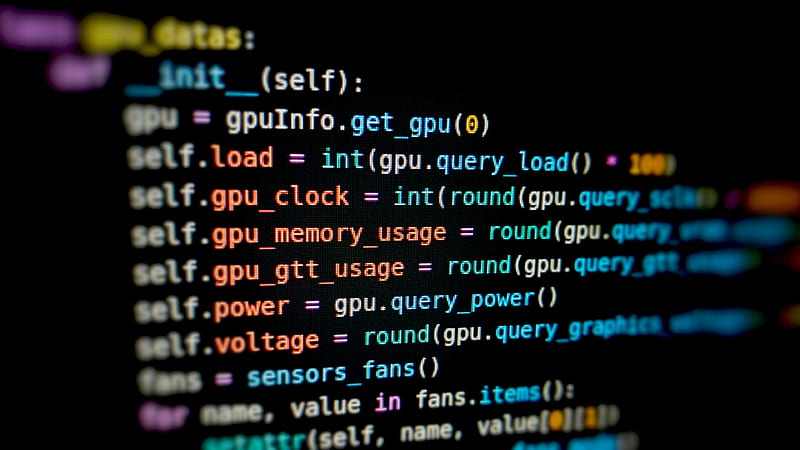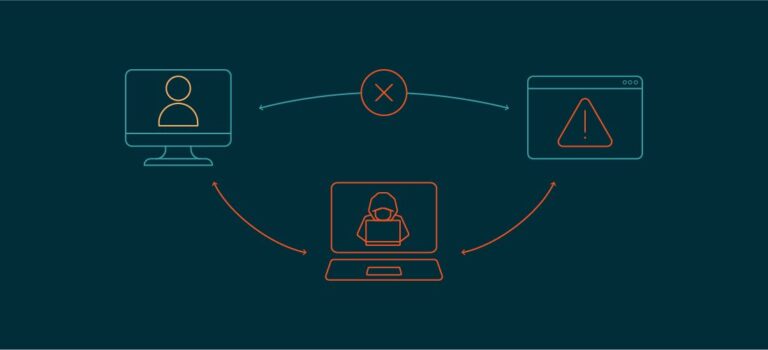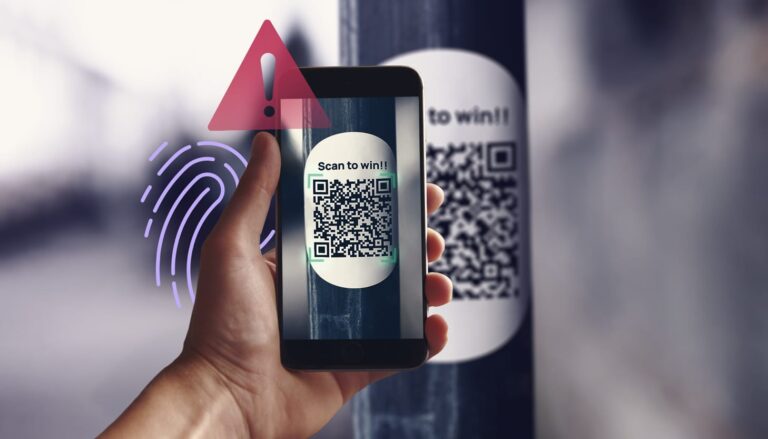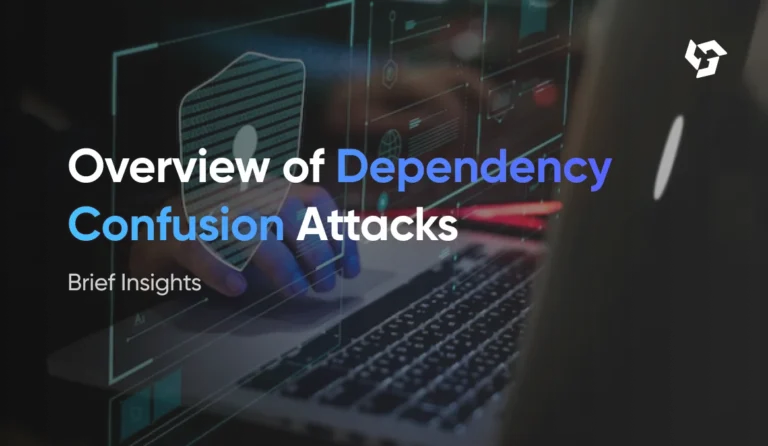Python: A Complete Beginner’s Guide with Examples, Code, and Free Learning Resources
Introduction
Python has emerged as one of the most popular programming languages in the world, renowned for its simplicity, versatility, and broad applicability. Whether you aspire to become a web developer, data scientist, AI engineer, or automation expert, Python is an excellent first language to learn. This comprehensive guide is tailored to beginners and will walk you through Python’s fundamentals, practical examples, detailed explanations, and free resources to kickstart your Python journey.
Chapter 1: Why Learn Python?
1.1 Simplicity and Readability
Python’s syntax is clean and mirrors human language, making it accessible for new programmers.
1.2 Versatility
From web development and automation to data analysis and AI, Python is used in almost every field of technology.
1.3 Large Community and Ecosystem
With a vast collection of libraries and a supportive global community, Python has resources for nearly every task.
1.4 High Demand in Job Market
Python developers are in high demand, and learning Python opens doors to many lucrative careers.
Chapter 2: Setting Up Your Python Environment
2.1 Installing Python
Download and install Python from the official site: python.org
2.2 Choosing an IDE
Popular choices include:
- IDLE (comes with Python)
- VS Code (lightweight and feature-rich)
- PyCharm (robust and powerful)
2.3 Using Jupyter Notebooks
Ideal for data science and beginners, Jupyter Notebooks let you write and execute code in chunks.
Chapter 3: Python Basics
3.1 Hello World
print("Hello, world!")
3.2 Variables and Data Types
name = "Alice" # string
grade = 85 # integer
height = 5.6 # float
is_student = True # boolean
3.3 Comments
# This is a single-line comment
'''
This is a
multi-line comment
'''
3.4 User Input
name = input("Enter your name: ")
print("Hello, " + name)
3.5 Basic Math Operations
x = 10
y = 3
print(x + y) # Addition
print(x - y) # Subtraction
print(x * y) # Multiplication
print(x / y) # Division
print(x % y) # Modulus
print(x ** y) # Exponentiation
Chapter 4: Control Structures
4.1 If Statements
age = int(input("Enter your age: "))
if age >= 18:
print("You are an adult.")
else:
print("You are a minor.")
4.2 Loops
# For loop
for i in range(5):
print("Iteration", i)
# While loop
count = 0
while count < 5:
print("Count is", count)
count += 1
Chapter 5: Functions and Modules
5.1 Defining Functions
def greet(name):
print("Hello, " + name)
greet("Alice")
5.2 Return Statement
def square(x):
return x * x
result = square(5)
print(result)
5.3 Importing Modules
import math
print(math.sqrt(16))
Chapter 6: Data Structures
6.1 Lists
fruits = ["apple", "banana", "cherry"]
print(fruits[0]) # Access item
fruits.append("date") # Add item
6.2 Tuples
point = (3, 4)
print(point[0])
6.3 Dictionaries
person = {"name": "Alice", "age": 25}
print(person["name"])
6.4 Sets
unique_numbers = {1, 2, 3, 2, 1}
print(unique_numbers)
Chapter 7: Object-Oriented Programming
7.1 Classes and Objects
class Dog:
def __init__(self, name):
self.name = name
def bark(self):
print(self.name + " says woof!")
my_dog = Dog("Rex")
my_dog.bark()
7.2 Inheritance
class Animal:
def speak(self):
print("Some sound")
class Cat(Animal):
def speak(self):
print("Meow")
my_cat = Cat()
my_cat.speak()
Chapter 8: Error Handling
try:
num = int(input("Enter a number: "))
print(10 / num)
except ValueError:
print("Invalid input")
except ZeroDivisionError:
print("Cannot divide by zero")
finally:
print("Done")
Chapter 9: File Handling
9.1 Reading a File
with open("example.txt", "r") as file:
contents = file.read()
print(contents)
9.2 Writing to a File
with open("example.txt", "w") as file:
file.write("Hello, file!")
Chapter 10: Real-World Python Projects (Mini Projects)
10.1 To-Do List CLI
tasks = []
while True:
task = input("Enter task (or 'done'): ")
if task == 'done':
break
tasks.append(task)
print("Tasks:", tasks)
10.2 Simple Calculator
def add(x, y):
return x + y
# Add subtract, multiply, divide functions similarly
10.3 Weather App Using API
Use requests library to get data from weather APIs like OpenWeatherMap.
Chapter 11: Where to Learn Python for Free
11.1 Official Python Documentation
docs.python.org
11.2 W3Schools Python Tutorial
w3schools.com/python
11.3 freeCodeCamp Python Course
freecodecamp.org
11.4 Coursera (Free Courses)
Search for Python courses with “Audit” option
11.5 YouTube Channels
- Programming with Mosh
- Corey Schafer
- Tech with Tim
11.6 edX and MIT OpenCourseWare
ocw.mit.edu
Conclusion
Learning Python opens doors to a world of opportunities in software development, automation, AI, data science, and beyond. With its simple syntax and massive community support, Python is the perfect language to begin your programming journey. This guide has equipped you with a solid foundation, practical knowledge, and reliable resources to continue your learning for free. Stay curious, keep coding, and remember: the best way to learn is by building.
Happy coding!






